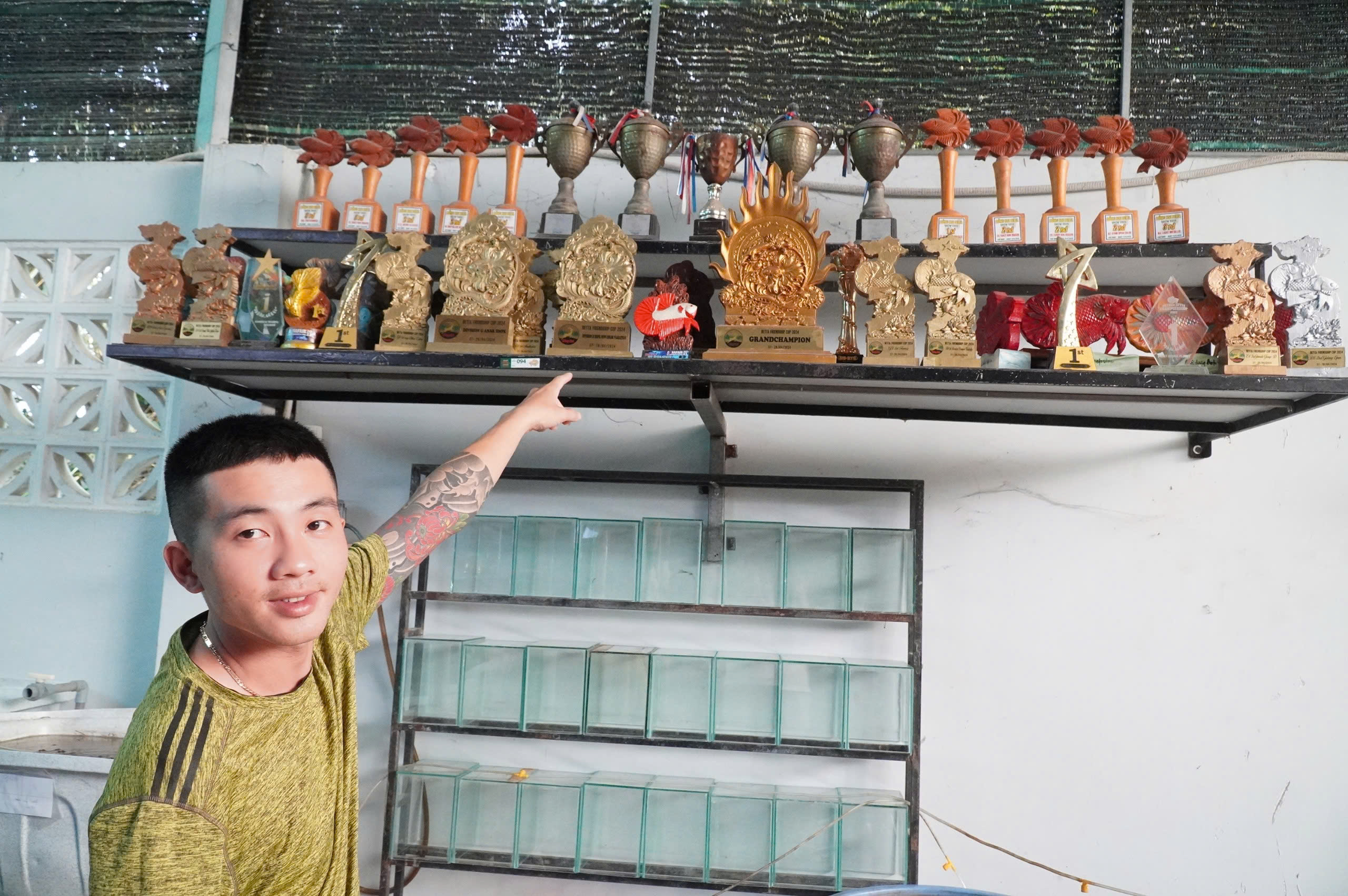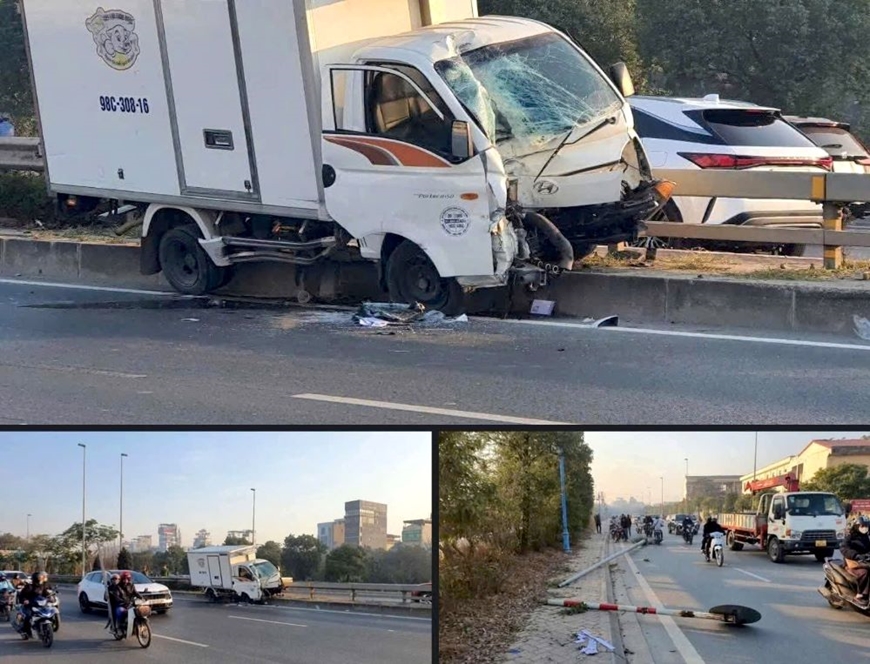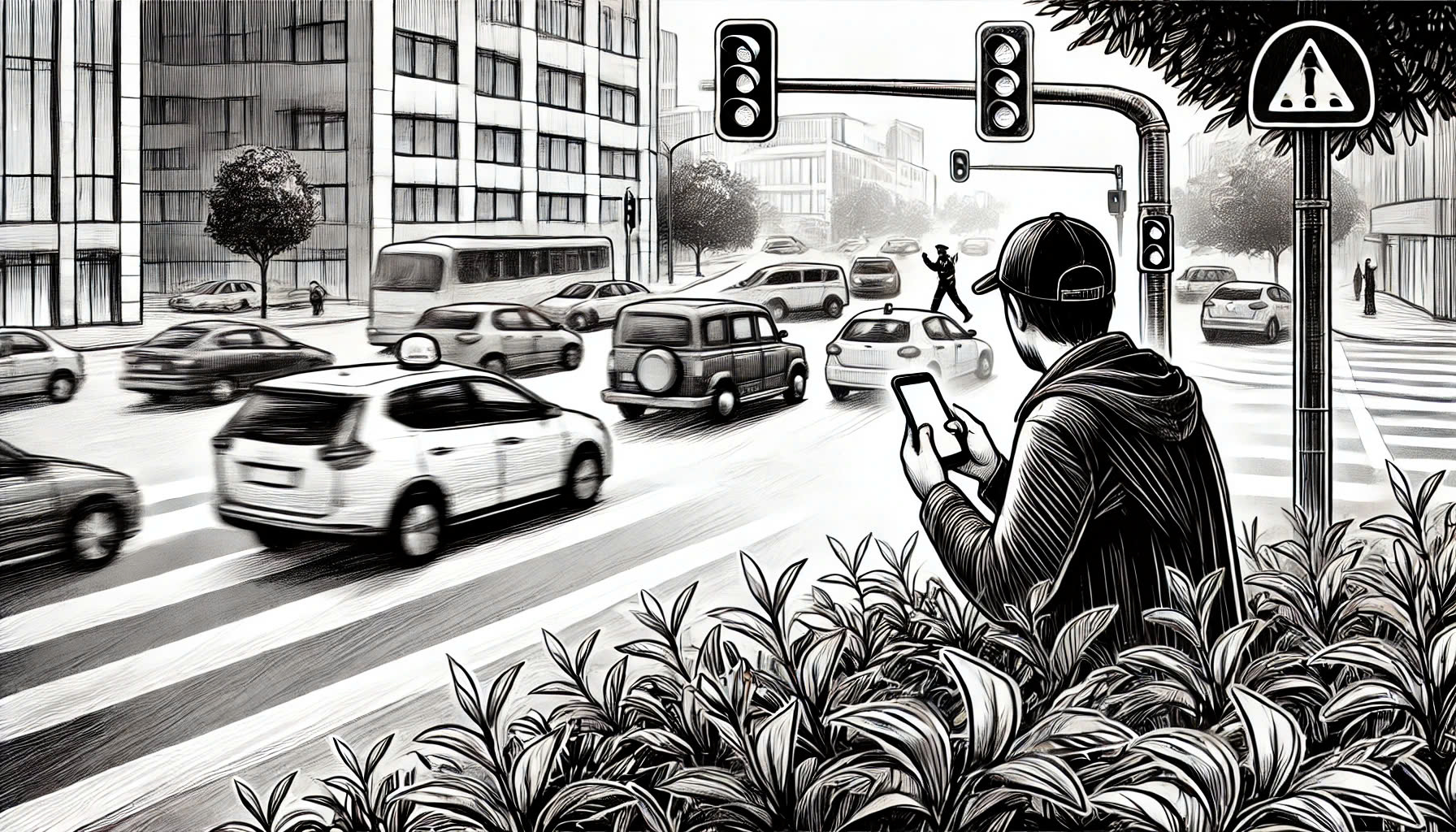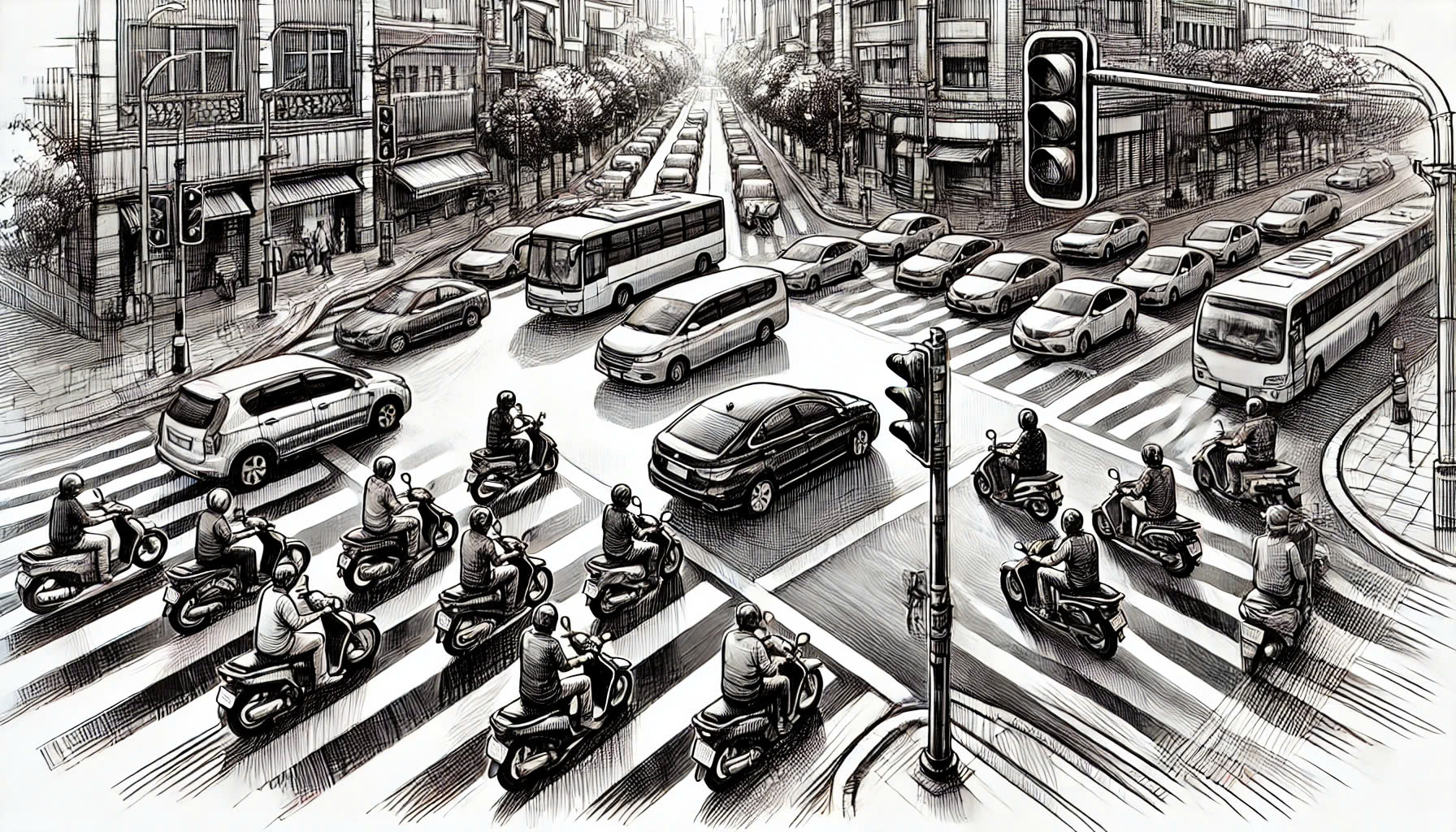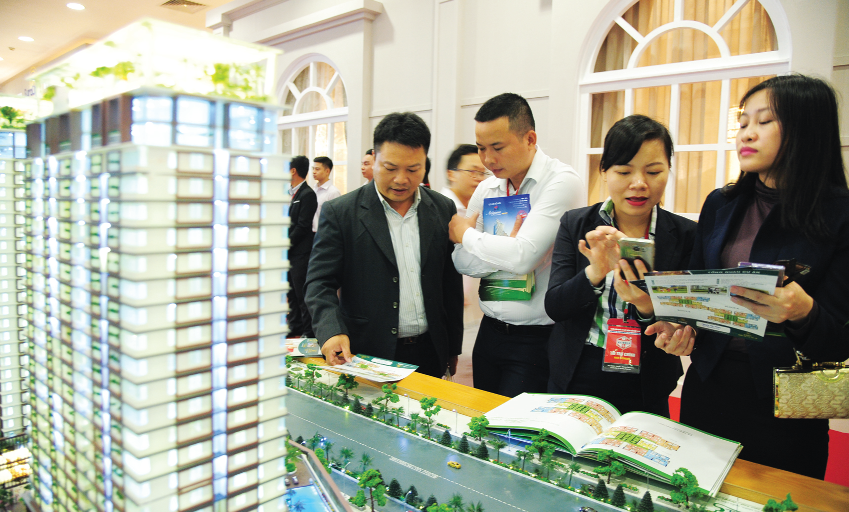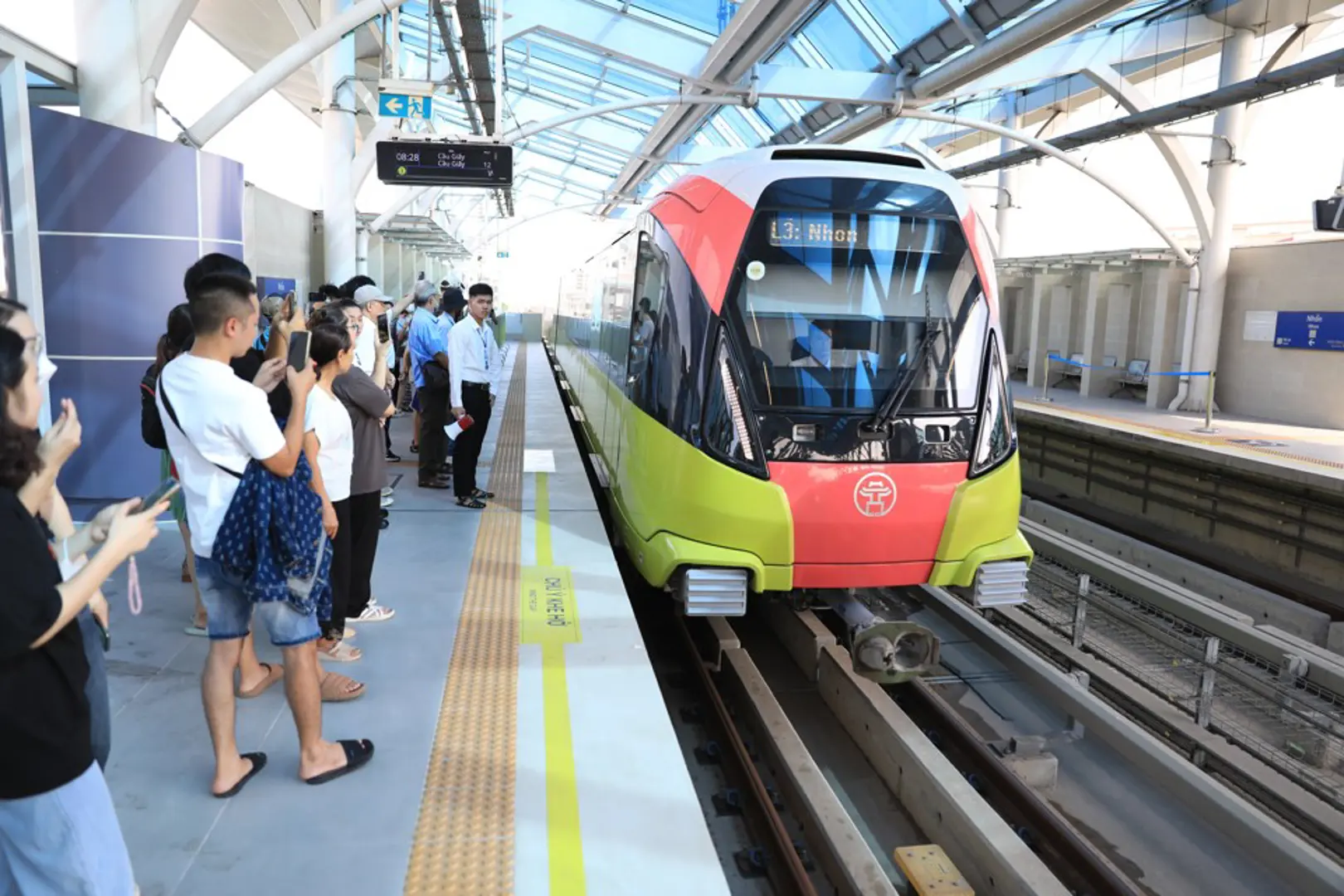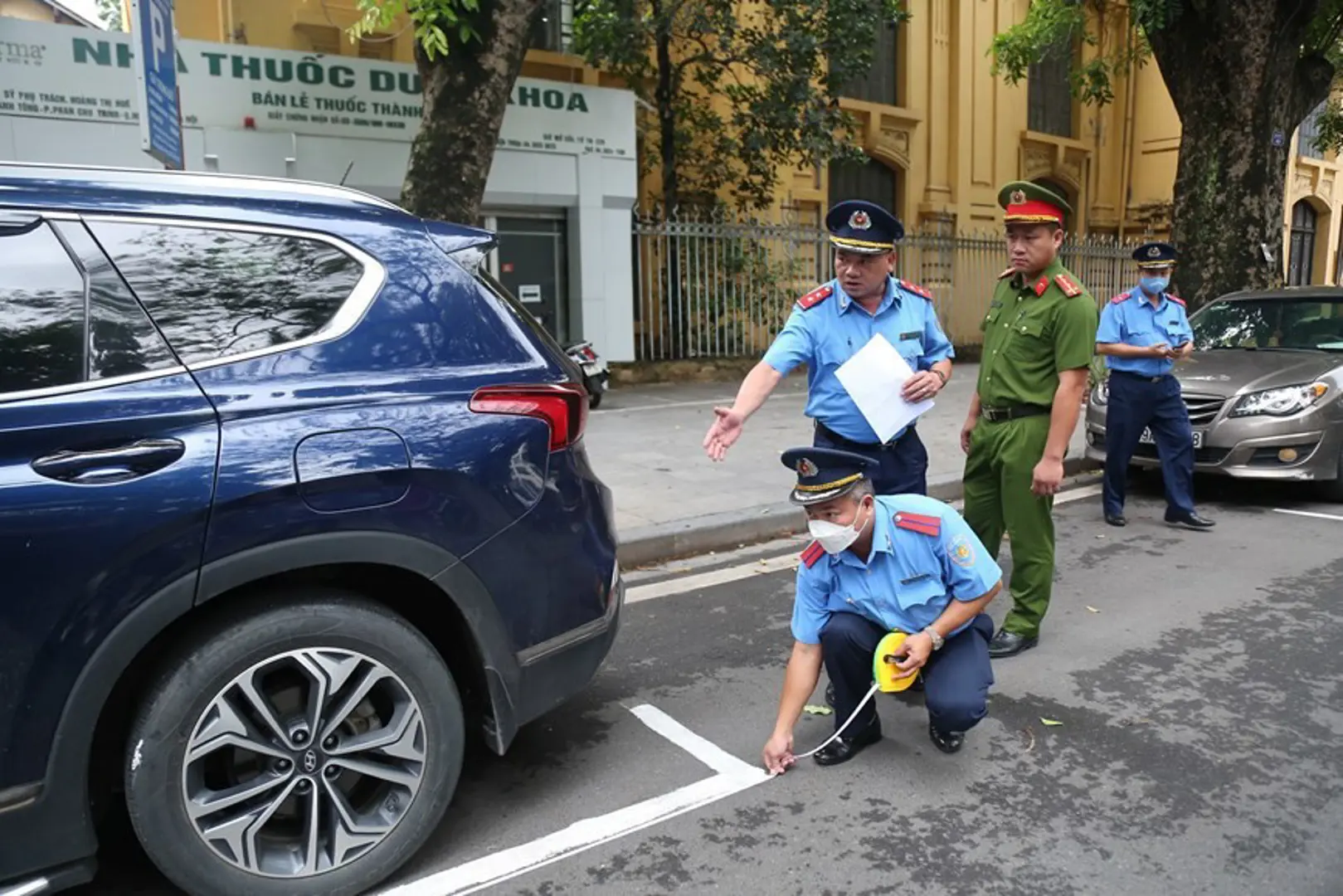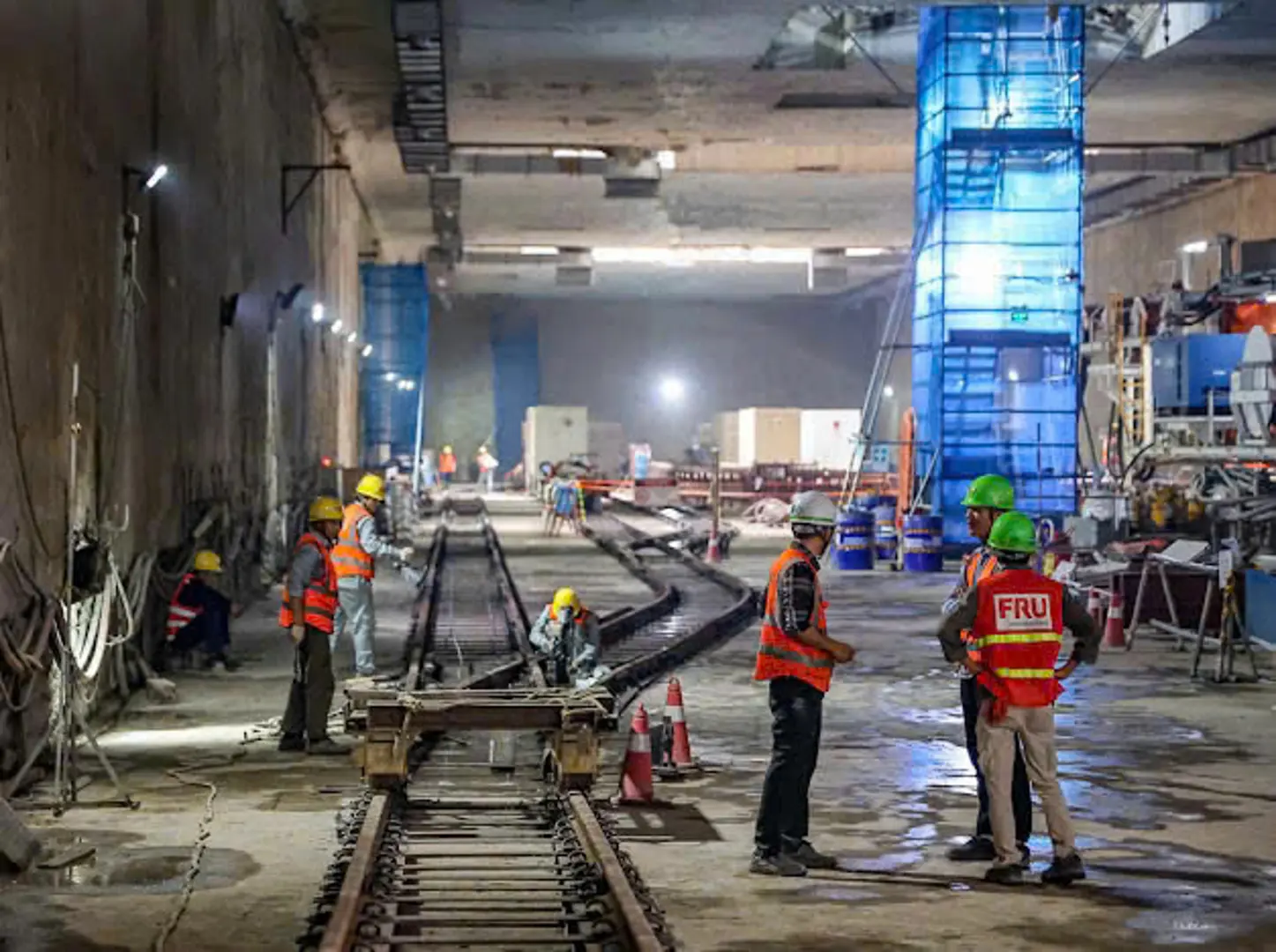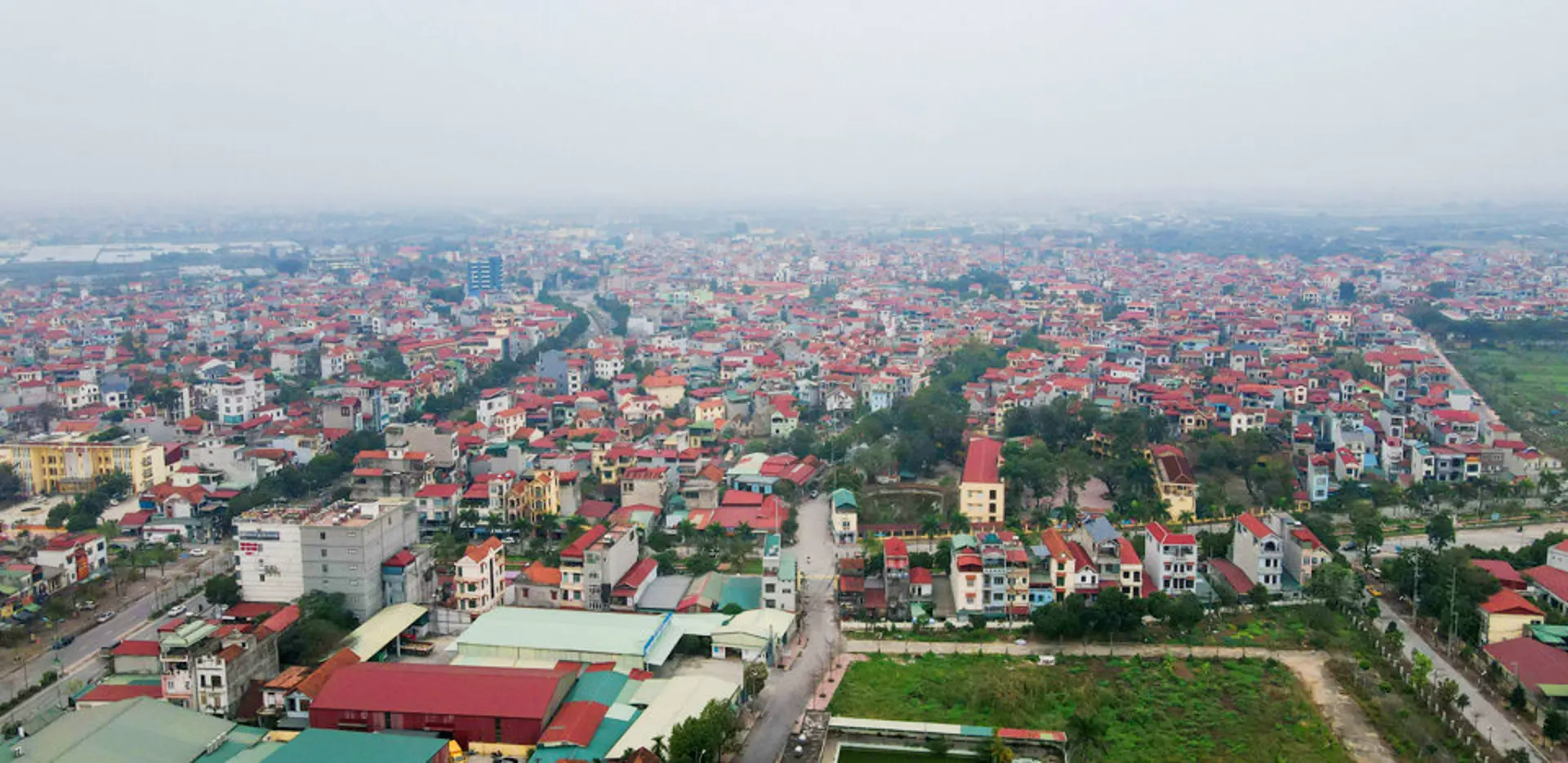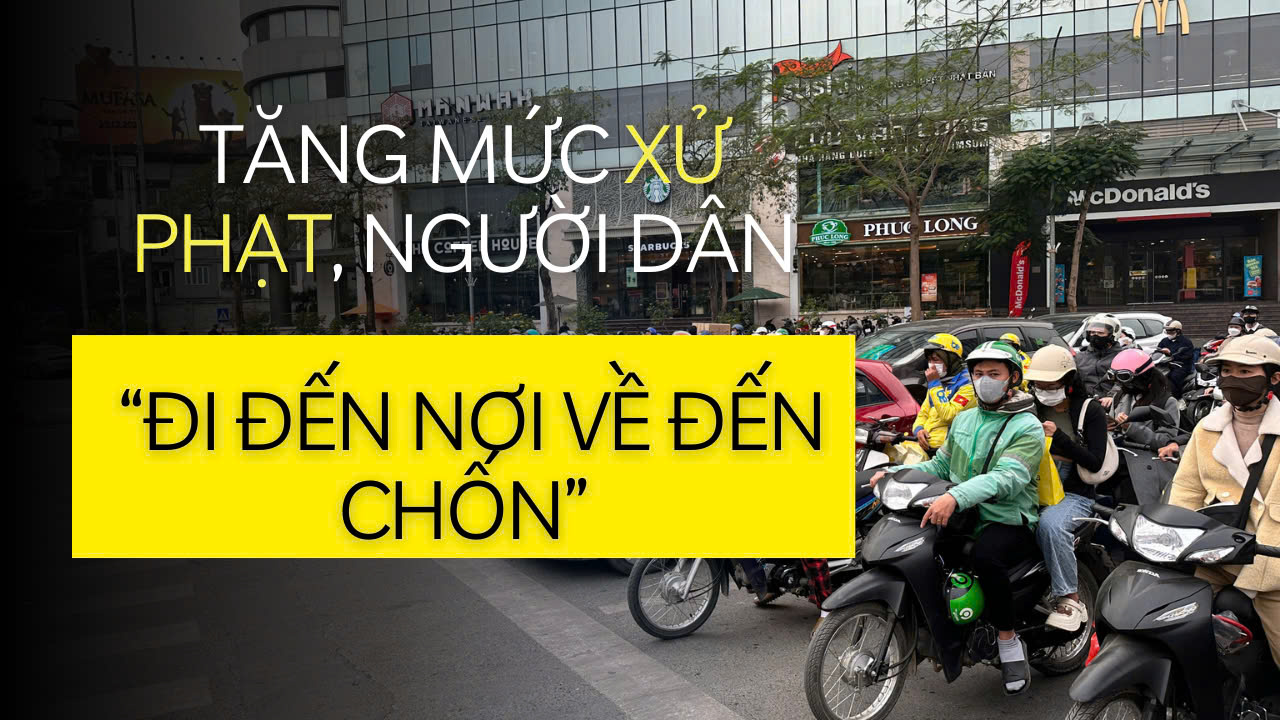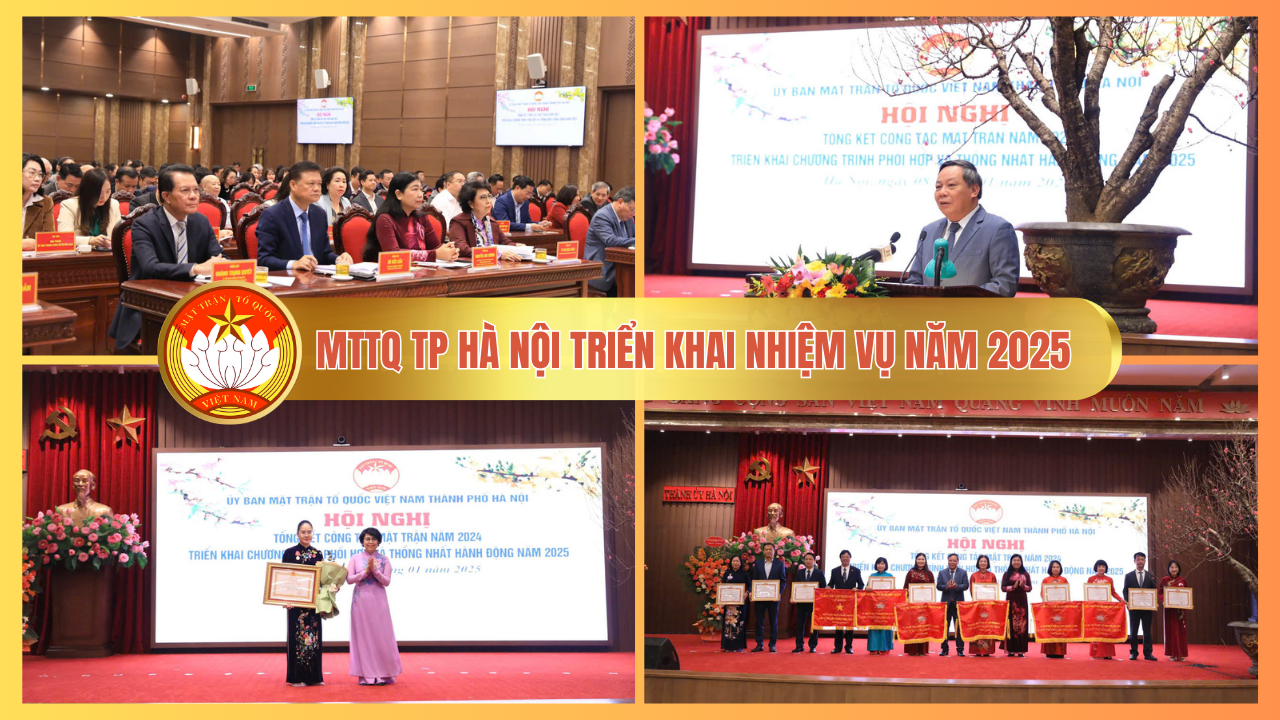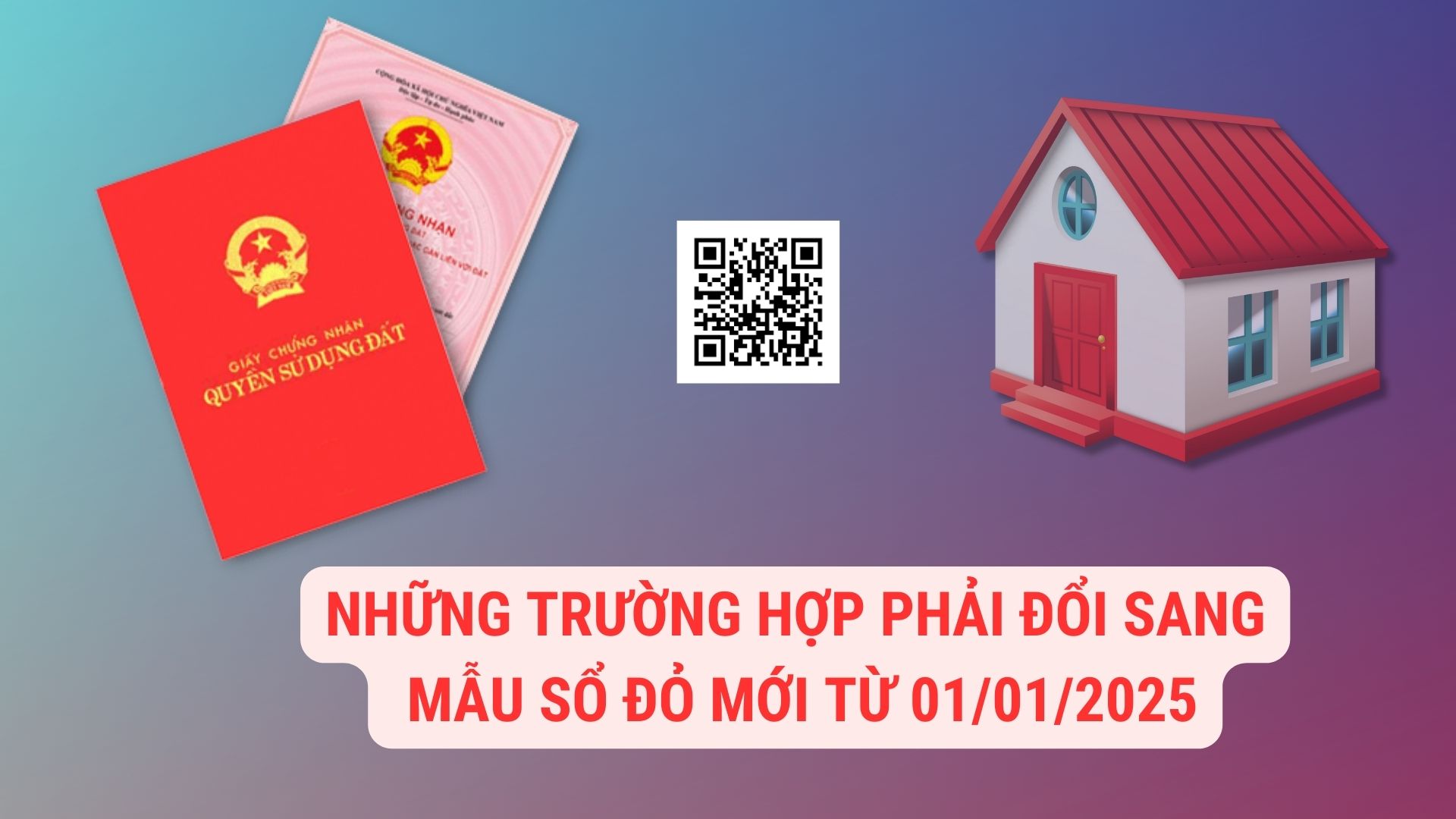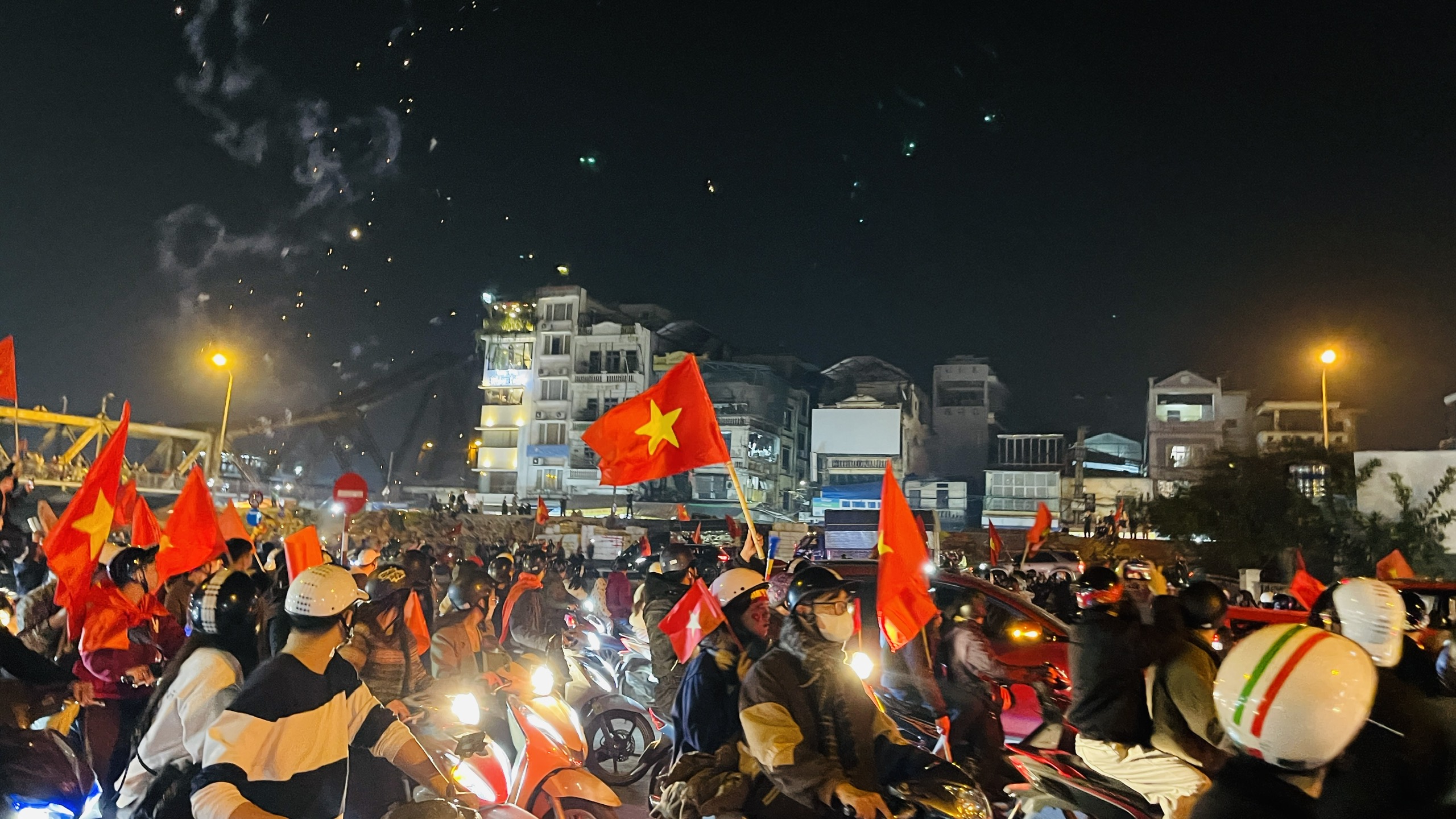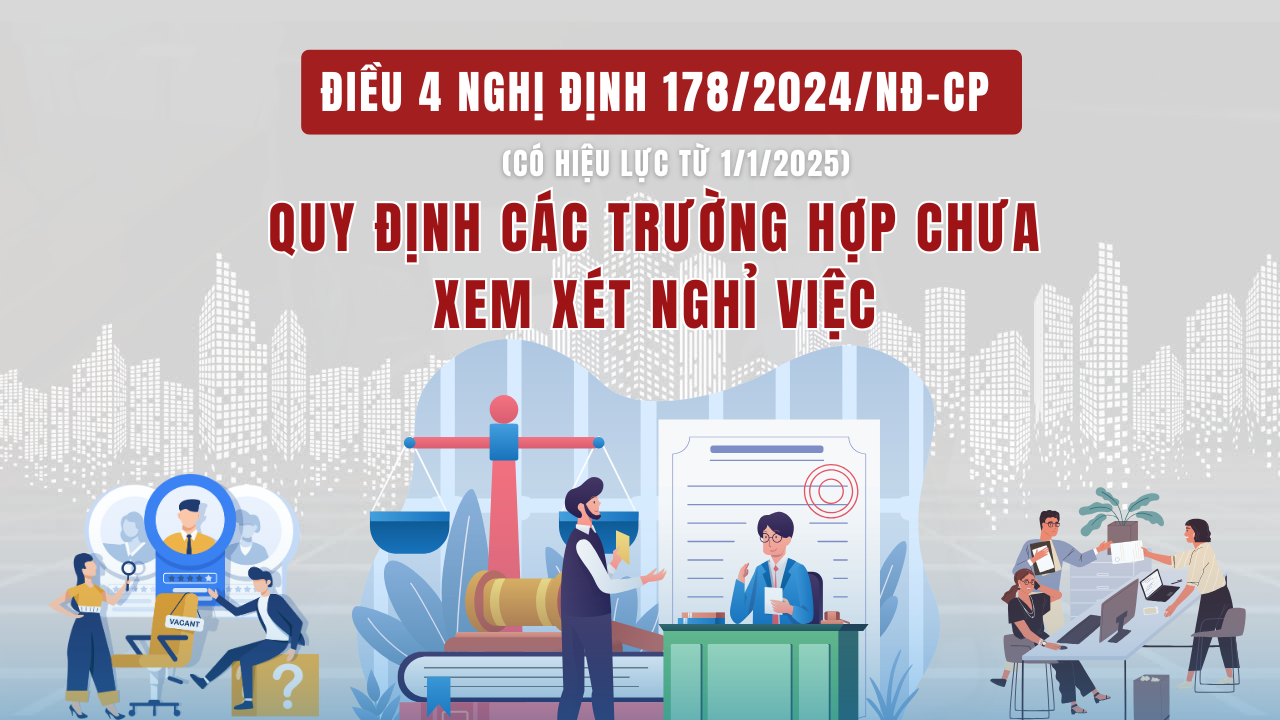Wednesday, 14:36 09/05/2018
The role of smart transportation in smart cities: Swedish experience for Hanoi
Efficient transportation is among key pillars for a city to become smart.
That was stated during Roundtable Discussion in Hanoi on “Fostering efficient operation and management of public transport: Sharing successful experience of Sweden in emerging countries” on May 7.
The event, taking place on occasion of the Swedish Sustainable City Delegation's visit to Vietnam, aimed to strengthen the collaboration between two countries by sharing experiences, best practices and technologies to support the development of the public transport sector.
The side effect of urbanization
Addressing the event, Swedish Ambassador to Vietnam Pereric Hogberg highlighted the potentials of further stride in Vietnam and Sweden cooperation, amid growing trade and investment between the two countries. “We hope that the visit by this delegation, with the participation of some Sweden’s leading Sustainable city solutions’ companies, will result in concrete discussion with Hanoi and HCMC,” said the diplomat. “Swedish innovation and expertise can be of great value when Vietnam is looking for sustainable solutions.”
Meanwhile, Deputy Minister of Transport Le Dinh Tho briefed on Vietnam’s achievement in the area. Accordingly, the country has built a synchronous transport facilities, including the 1000-kilometer-long highway, various systems of seaports, airlines and public transport, which continuously become more efficient and convenient. “The quality of public transport in Vietnam’s cities gets improvement with stark example of Bus rapid transit (BRT) first being used in Hanoi,” specified Tho.
However, the Vietnamese official also noted that the country is facing urbanization’s side effects such as the lack of traffic space, the unfit between transport facility and urban planning etc.
Six solutions for Hanoi city
Sharing the same opinions, Deputy Mayor of Hanoi Nguyen Doan Toan affirmed that the city had made much effort in improving transport facilities. Ten years after its border expansion, the city achieved remarkably in improving the infrastructure with 112 route-bus system - a 64% increase against 2008 while the first BRT has went into operation. The city also focuses on upgrading highway axis and adding metro lines etc.
In the time ahead, to ensure the transport’s sustainable development, Hanoi will conduct six main solutions including (1) effectively invest in transport, (2) reasonable traffic manage, (3) set priority to public transportation, especially the metro line system,(4) apply IT in building smart city, (5) enhance the awareness of traffic users and (6) reinforce the supervisory of traffic safety.
Swedish experience
At the events, Swedish companies including ABB, Ericsson, Volvo Buses, Axis Communications, Volvo Cars and Roxtec had discussion with several public and private stakeholders in the public transport and urban development sector on how Vietnam can make use of the latest technologies available in ITS/IoT and eMobility.
As briefed by Norio Saito, Vice Director of Asian Development Bank (ADB) in Vietnam, the bank’s investment into Vietnam until March 2018, mostly covered the sector of transport and ICT, accounting for 52.9% equivalent to US$3.9 billion, including the fund for Hanoi’s Metro line 3, connecting Nhon and Hanoi station.
Among the issues discussed, the role of transport in building sustainable city comes to spotlight. “You can’t have a smart city without smart transportation”, Brian Hull, Country Managing Director of ABB Vietnam told Hanoitimes.
The Director also listed out some relevant projects that ABB would carry out in Hanoi. “Space is always a problem in big cities, including Hanoi. Hence ABB aims to provide the city with electricity substations that sit underground to free up space and help Hanoi optimize the lane usage,” he said. “Some Vietnamese firms like Vinfast are about to introduce their home-grown electric vehicles. We may find way to shake hands with them like bringing our vehicle charging system to Hanoi,” hinted Brian.
Another solution recommended by Ericsson’s representative is to combine the ICT and ITS (Intelligent transport services). “The technology would help connect three factors of transport including infrastructure, transport vehicles and traffic users to generate four achievements of urban transport: safety, sustainability, efficiency and flexibility”, said Denis Brunetti, Ericsson’s President of Vietnam, Myanmar and Cambodia.
Besides, Brunetti mentioned a project jointly carried out by the Swedish firm with the Dutch authority to optimize the road usage.
This is done by sharing data between roadside equipment and vehicles and by connecting 25% of all traffic lights. A nation-wide Cloud platform handles the data collection and provides the data to service providers. “It's likely to apply the similar solution in Vietnam, where the citizens are struggling with the lack of space for traffic”, said Brunetti.
The event, taking place on occasion of the Swedish Sustainable City Delegation's visit to Vietnam, aimed to strengthen the collaboration between two countries by sharing experiences, best practices and technologies to support the development of the public transport sector.
The side effect of urbanization
Addressing the event, Swedish Ambassador to Vietnam Pereric Hogberg highlighted the potentials of further stride in Vietnam and Sweden cooperation, amid growing trade and investment between the two countries. “We hope that the visit by this delegation, with the participation of some Sweden’s leading Sustainable city solutions’ companies, will result in concrete discussion with Hanoi and HCMC,” said the diplomat. “Swedish innovation and expertise can be of great value when Vietnam is looking for sustainable solutions.”

The Roundtable 's overview
|
However, the Vietnamese official also noted that the country is facing urbanization’s side effects such as the lack of traffic space, the unfit between transport facility and urban planning etc.
Six solutions for Hanoi city
Sharing the same opinions, Deputy Mayor of Hanoi Nguyen Doan Toan affirmed that the city had made much effort in improving transport facilities. Ten years after its border expansion, the city achieved remarkably in improving the infrastructure with 112 route-bus system - a 64% increase against 2008 while the first BRT has went into operation. The city also focuses on upgrading highway axis and adding metro lines etc.
In the time ahead, to ensure the transport’s sustainable development, Hanoi will conduct six main solutions including (1) effectively invest in transport, (2) reasonable traffic manage, (3) set priority to public transportation, especially the metro line system,(4) apply IT in building smart city, (5) enhance the awareness of traffic users and (6) reinforce the supervisory of traffic safety.
Swedish experience
At the events, Swedish companies including ABB, Ericsson, Volvo Buses, Axis Communications, Volvo Cars and Roxtec had discussion with several public and private stakeholders in the public transport and urban development sector on how Vietnam can make use of the latest technologies available in ITS/IoT and eMobility.
As briefed by Norio Saito, Vice Director of Asian Development Bank (ADB) in Vietnam, the bank’s investment into Vietnam until March 2018, mostly covered the sector of transport and ICT, accounting for 52.9% equivalent to US$3.9 billion, including the fund for Hanoi’s Metro line 3, connecting Nhon and Hanoi station.
Among the issues discussed, the role of transport in building sustainable city comes to spotlight. “You can’t have a smart city without smart transportation”, Brian Hull, Country Managing Director of ABB Vietnam told Hanoitimes.
The Director also listed out some relevant projects that ABB would carry out in Hanoi. “Space is always a problem in big cities, including Hanoi. Hence ABB aims to provide the city with electricity substations that sit underground to free up space and help Hanoi optimize the lane usage,” he said. “Some Vietnamese firms like Vinfast are about to introduce their home-grown electric vehicles. We may find way to shake hands with them like bringing our vehicle charging system to Hanoi,” hinted Brian.
Another solution recommended by Ericsson’s representative is to combine the ICT and ITS (Intelligent transport services). “The technology would help connect three factors of transport including infrastructure, transport vehicles and traffic users to generate four achievements of urban transport: safety, sustainability, efficiency and flexibility”, said Denis Brunetti, Ericsson’s President of Vietnam, Myanmar and Cambodia.
Besides, Brunetti mentioned a project jointly carried out by the Swedish firm with the Dutch authority to optimize the road usage.
This is done by sharing data between roadside equipment and vehicles and by connecting 25% of all traffic lights. A nation-wide Cloud platform handles the data collection and provides the data to service providers. “It's likely to apply the similar solution in Vietnam, where the citizens are struggling with the lack of space for traffic”, said Brunetti.

